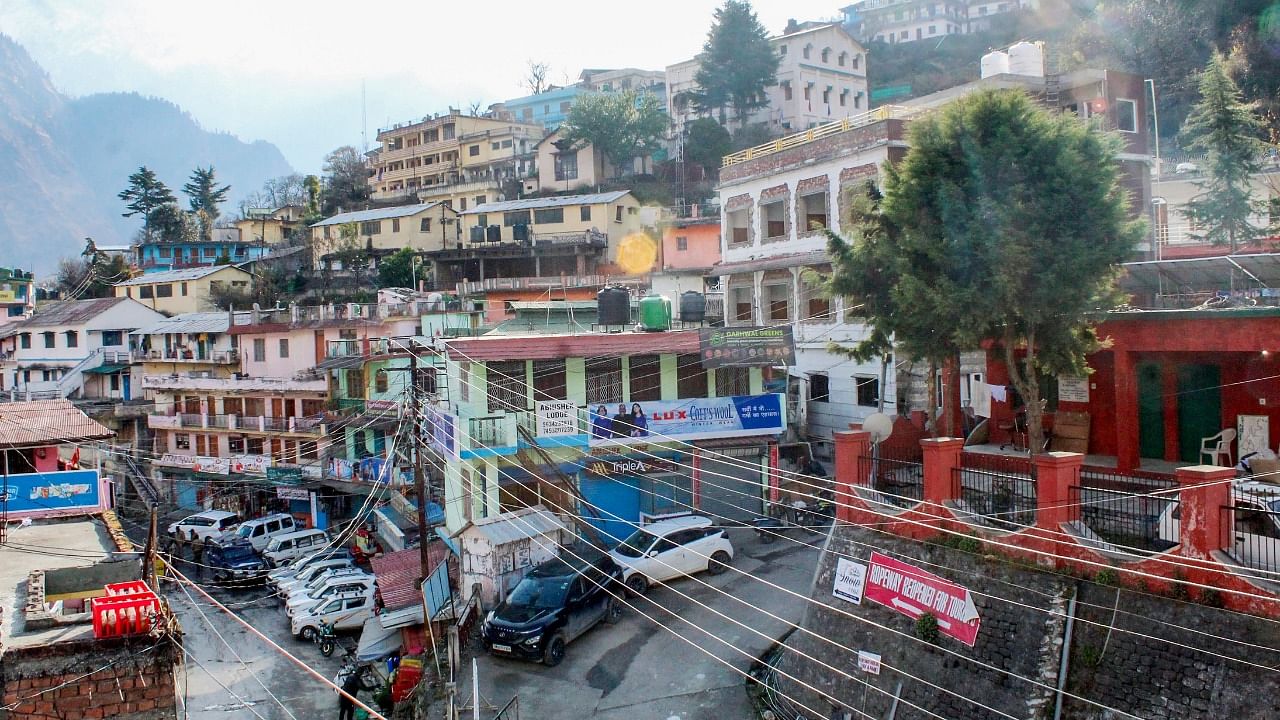
While the crisis created by the subsidence of land in Joshimath is continuing, there are fears that a similar situation may develop in other towns and villages in the region. Warnings have already been sounded. Reports have pointed to the possibility of land subsidence in eight more cities across Uttarakhand. Some of them face the prospect of landslides and erosion. Mussoorie, Nainital, Bhatwadi, Munsiyari and Purnagiri have experienced subsidence. Gopeshwar, Karnaprayag and Srinagar are also under threat. Scientists have said that some areas of Srinagar are situated on the debris of floods, and unplanned construction there can prove to be dangerous. Gopeshwar's landscaping is similar to that of Joshimath as the ground surface there is also completely on landslide material.
Scientists have noted that long-term warnings like these, given by the Mishra Commission of 1976 and other studies that came later, which proposed restrictions on development activity in the region, were not heeded. They have pointed out that lessons have not been learnt even from recent disasters. The Kedarnath disaster of 2013 had caused major devastation along a large stretch of land. But construction was done later in many places on the debris of the disaster. Similarly, no lesson was learnt from the 2021 Rishi Ganga flash flooding. Even when many experts think that the Tapovan hydroelectric project, being built in the area, may have contributed to the disaster, the National Thermal Power Corporation (NTPC), which builds the dam, and R K Singh, Union Minister for Renewable Energy, have denied any linkage. A number of agencies and institutions have studied the varied aspects of the situation. Their reports and proposals are available and the present crisis should be handled in accordance with them. It is not just Uttarakhand that is in danger. The entire Himalayan region up to the North-Eastern sector is vulnerable. In Himachal Pradesh, the main road connecting McLeodganj to Dharamsala sank recently, and a market caved in. There has been big pressure on land all over the region for development, infrastructure building, tourism and other activities, and it is showing.
Joshimath has been declared an unsafe zone. Much of the land in the town has become incapable of bearing the weight of buildings and so many houses, hotels and roads are being demolished there. At least 30,000 people living in nearly 700 houses will have to be relocated. A massive rescue and relief operation is being undertaken and families are being shifted to temporary relief camps and compensated for their loss. All of them will lose their sense of safety of home. Refusal to heed scientific opinion and inability to learn from experience will lead to greater disasters.